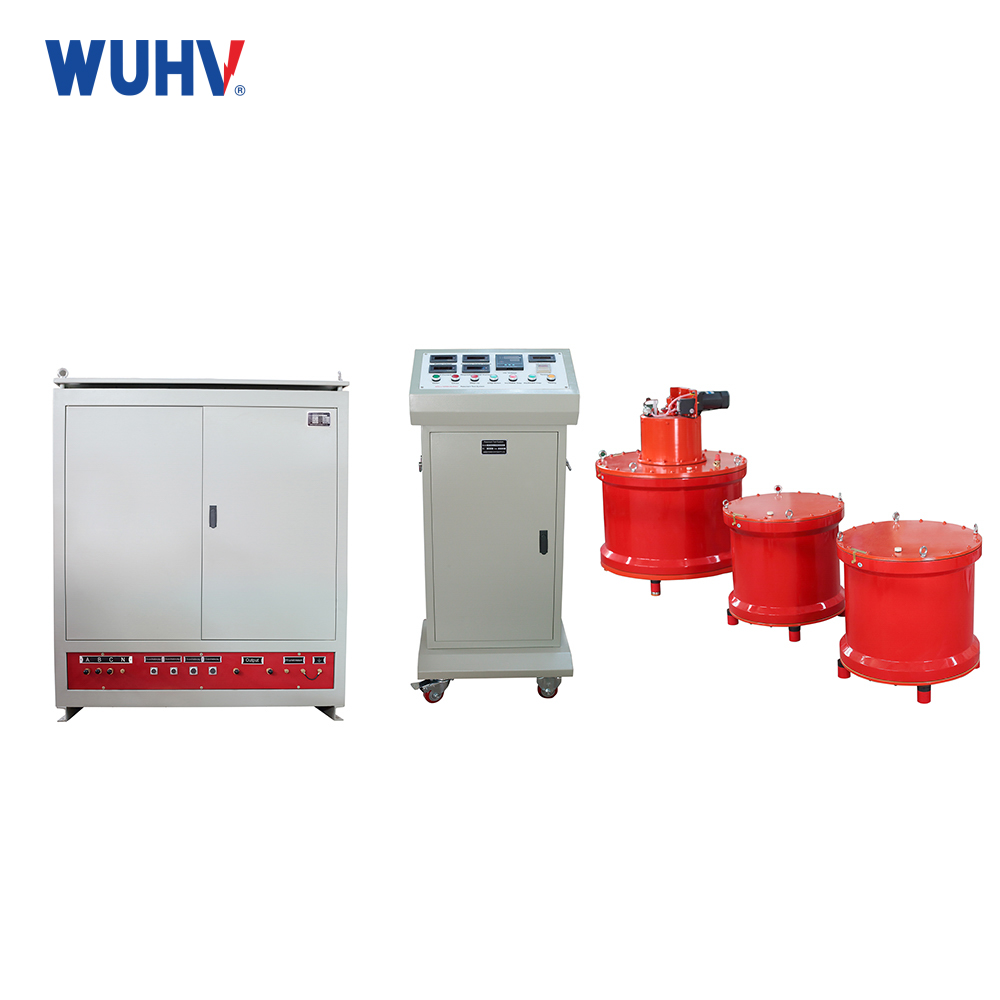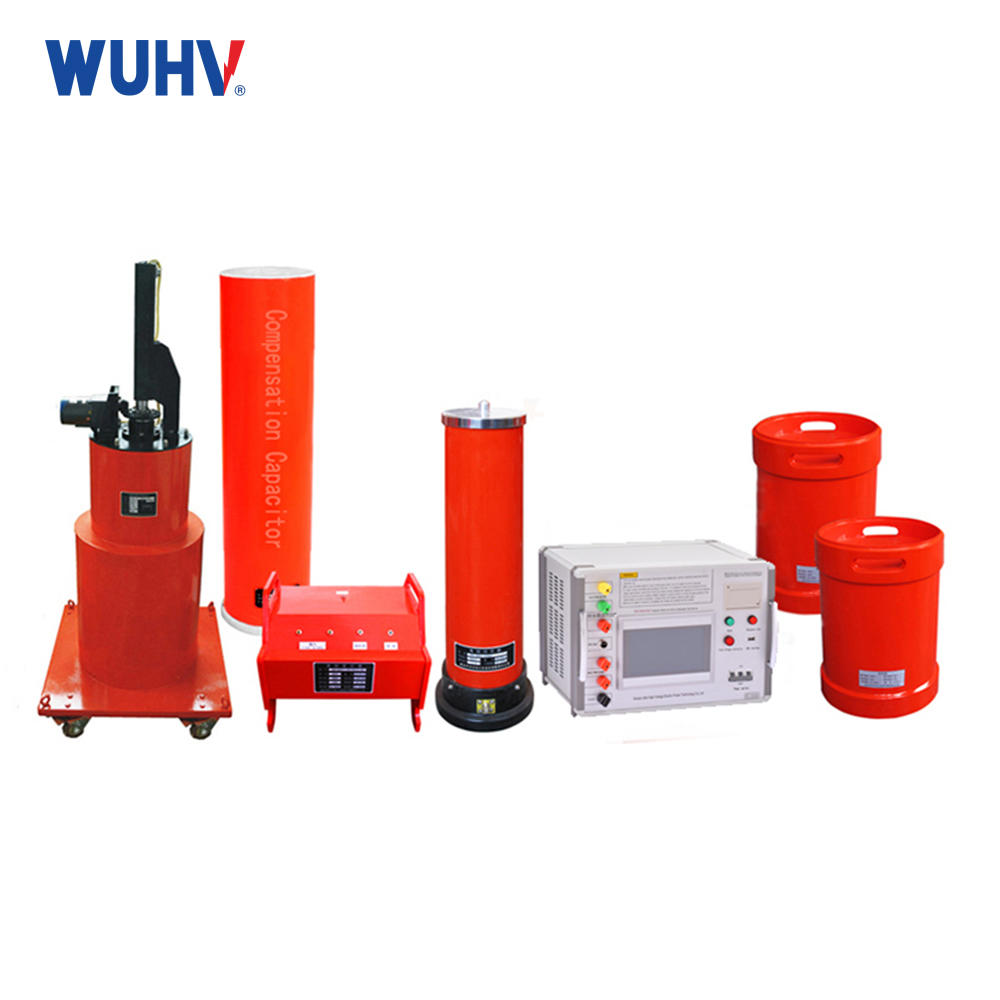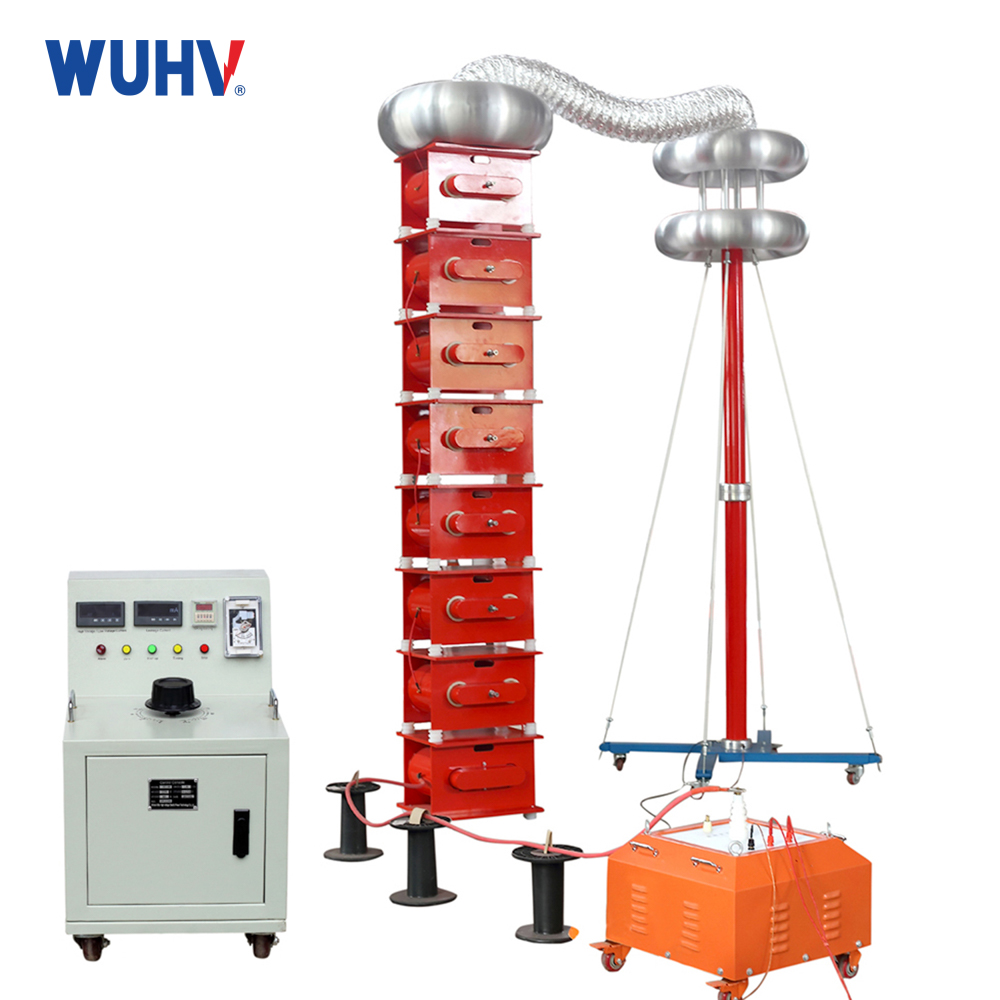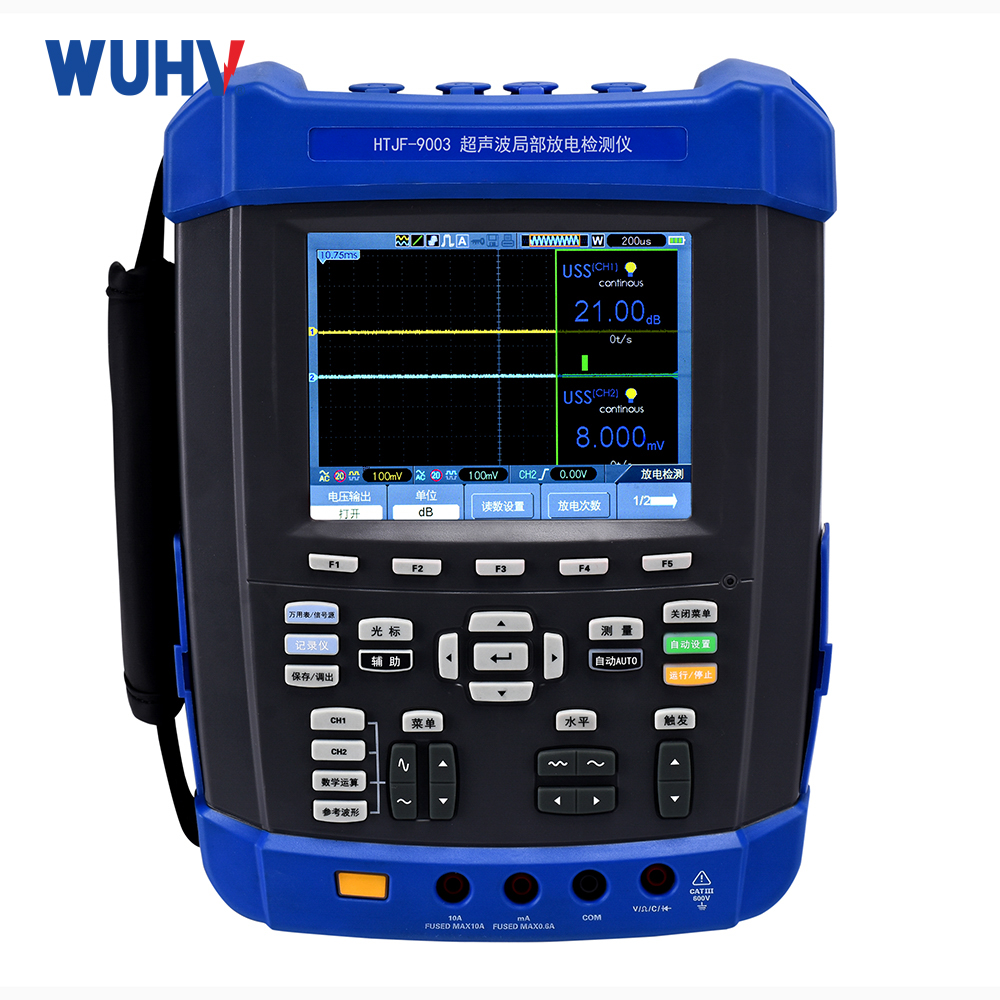UHV-670 Transformer Oil Surface Tension Tester under Wuhan UHV can help many power workers more convenient for all kinds of power testing.

Surfactant (surfactant), also known as interfacial active agent, is a kind of compound that can make the surface tension (surface tension) or interfacial tension (interfacial tension) between two liquids, liquid-gas, liquid-solid significantly reduced. They have a special molecular structure with hydrophilic groups at one end and hydrophobic groups at the other. Hydrophilic groups are often polar groups, such as carboxylic acid, sulfonic acid, sulfuric acid, amino or amine groups and their salts, hydroxyl, amide, ether bonds, etc.; and hydrophobic groups are often nonpolar hydrocarbon chains, such as more than 8 carbon atoms hydrocarbon chain. This structure is called "amphiphilic structure", which allows surfactants to interact with both water and oil.
Surfactants have a variety of applications and functions, such as wetting, penetrating, emulsifying, dispersing, solubilizing, foaming, defoaming, washing, and decontaminating. They are widely used in many fields such as printing and dyeing, pesticides, flavors, mineral processing, gypsum board manufacturing, toothpaste, paper making, healthcare and rain gear production. In addition, surfactants have additional properties such as lubricating and softening properties, bactericidal properties, antistatic properties, leveling properties, water repellency and so on.
Surfactants can be categorized into ionic surfactants (including cationic surfactants, anionic surfactants, and amphoteric surfactants), nonionic surfactants, complex surfactants, and other surfactants according to their ionic type.
In general, surfactants are compounds with a wide range of applications and versatility that play an important role in daily life and industrial production.



















